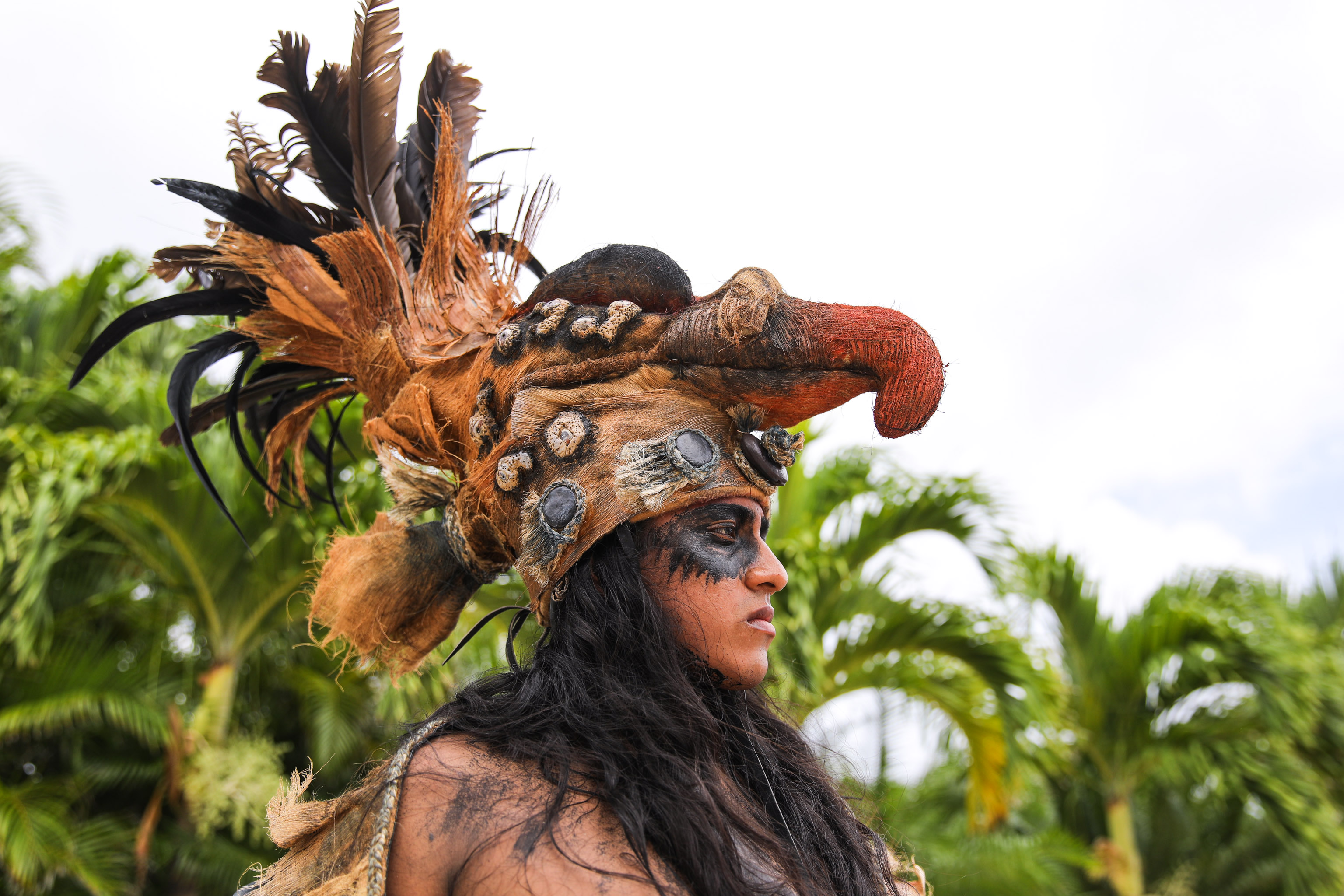Ancient Symbology
Ancient Sacred Journey History
LEGACY OF THE PAST
As far as we know, the Sacred Journey took place every year, and it began with the market days known as Kii'wik; there, they traded products that would be part of the offering to present to the goddess Ixchel during the ritual.
After cleansing ceremonies, the brave pilgrims embarked in canoes from Polé, a former commercial port that we know today as Xcaret. They crossed with courage the waters of the Ekab Sea, trying to reach the island of Cozumel, looking for the Ixchel Oracle, in search of advice and words to take back to their villages.
WHO WERE PART OF THE RITUAL?
This ceremony involved people from several social sections. Priests, pilgrims, and aged women were relevant to the ritual in different stages. Ahua Can (Serpent Lord) or Ah Kin (He of the Sun) was the name the high priest received.
Additionally, there were prophets named Chilamoob, while the supreme head of the community or Halach Uiniki, also was part of the ceremony. There were also sorcerers, doctors, and fortune-tellers called Ah meneoob. Other people participating were the Nacomes or sacrificers and the Chacoob, who were a group of four elders who helped during the rites.

MEANING OF THE COLORS USED LONG AGO
- Green: worn by kings. It is a symbol of power.
- Green-Blue: worn by priests and is associated with death. The sacrificed and the sacrificial stone were painted blue.
- Red and Black: related with warriors.
- Yellow: used by sorcerers and fortune-tellers.
- White: related to the townspeople.


STRUCTURE OF THE ANCIENT RITUALS







REASONS OF THE PRE-HISPANIC RITUALS
The rituals had well-defined periods and were tributes to the primary gods, fertility, guilds, or religious initiation. They also occurred in private celebrations, for divination and healing, and even during the different stages of life such as pregnancy, birth, childhood, puberty, marriage, and death.
THE PRE-COLUMBIAN MYTH OF THE CORN AND AGRICULTURE
As is known, civilization origins are in agriculture, when the previous nomadic peoples settled in one place permanently. The creation of cultivated plants, their associated songs, and rituals exalt the values of an agricultural society, being also synonymous with wealth and civilized life, along with other elements such as artistic expressions, architecture, and sculpture.


CHARACTERISTICS OF THE PRE-HISPANIC DEITIES
For the ancient inhabitants of the Yucatan Peninsula, their deities featured a mixture of human and animal features, plus elements of fantasy. These gods have four invocations, and each one is associated with a specific color and course. Likewise, each of these entities had a dual aspect as a balance, being able to be young or old, benevolent or malevolent, according to the context. In addition, they were incarnated in the ancestors and had various manifestations and names.
ANCIENT COSMOGENY MYTHS
As part of the their cosmogeny, the myths took place in a timeless and primordial era, explained as a sacred time, different from the human being's daily life that an ending.


Receive promotions and news from Xcaret to enjoy on your next vacation.
